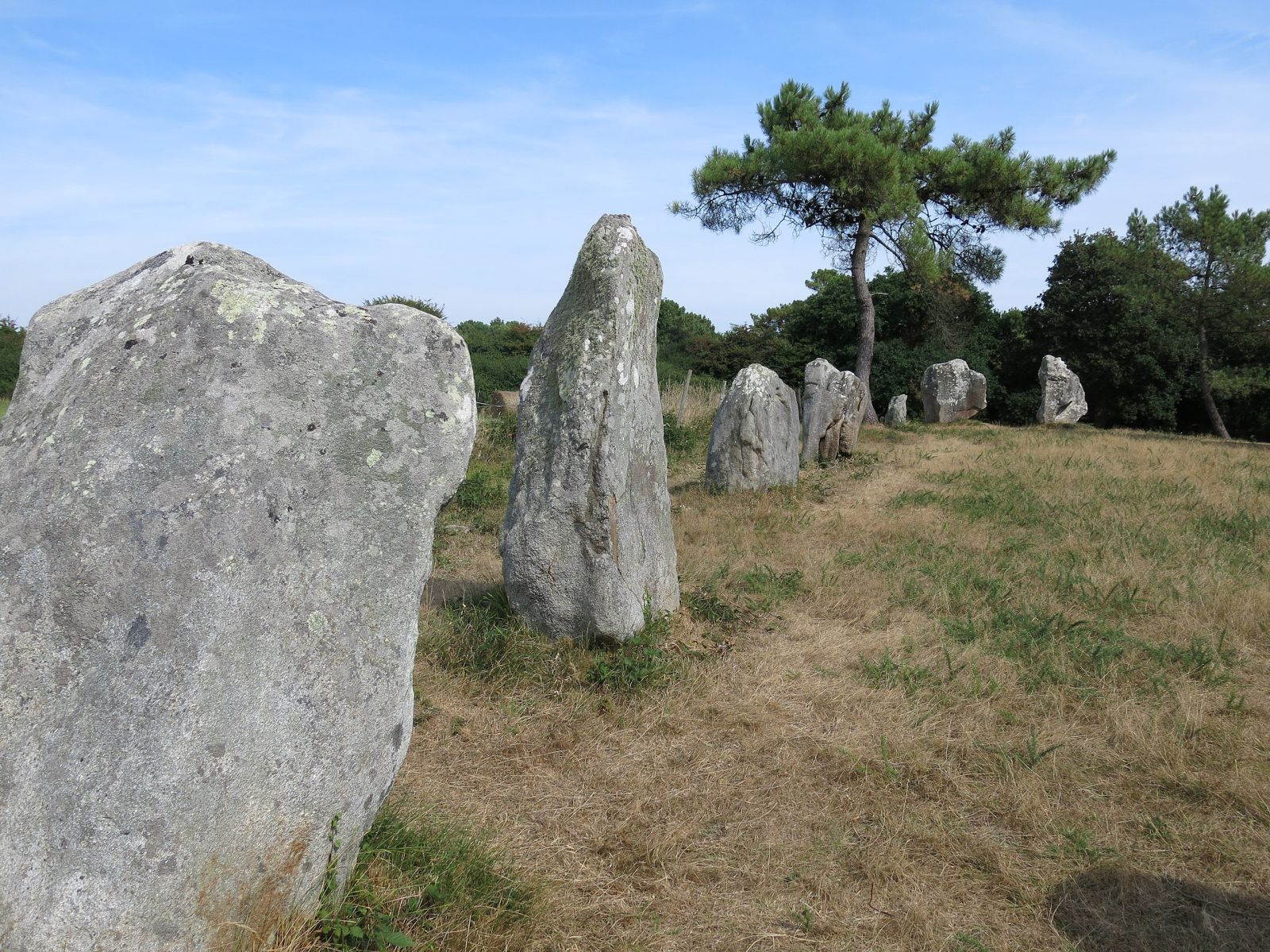Follow us on Google News (click on ☆)
These monuments, distinct from circles like Stonehenge, form lines stretching several miles (kilometers). A Franco-Swedish collaboration has precisely dated their construction using innovative techniques, revolutionizing our understanding of Europe's first Neolithic builders.
A chronology finally revealed
Excavations in Plouharnel uncovered foundation pits and hearths associated with the megaliths. Radiocarbon dating of charcoal samples from the site indicates erection between 4600 and 4300 BCE.
This dating relies on Bayesian modeling, a statistical method applied to nearly 50 samples. The region's acidic soils had previously complicated any reliable chronological study.
The results position Carnac as one of the oldest known megalithic sites. The Morbihan Bay thus emerges as a pioneering hub for this monumental architecture in Europe.
Neolithic rituals and landscapes
The presence of hearths near the stones suggests ceremonial practices. These structures may be linked to feasts or still poorly understood rites.
A funerary mound dating to 4700 BCE was also discovered, superimposed on a Mesolithic hut. This stratification reveals a surprising continuity of occupation.
The alignments appear to mark a symbolic appropriation of the territory. Their exact function remains debated, between territorial markers and astronomical observatories.
